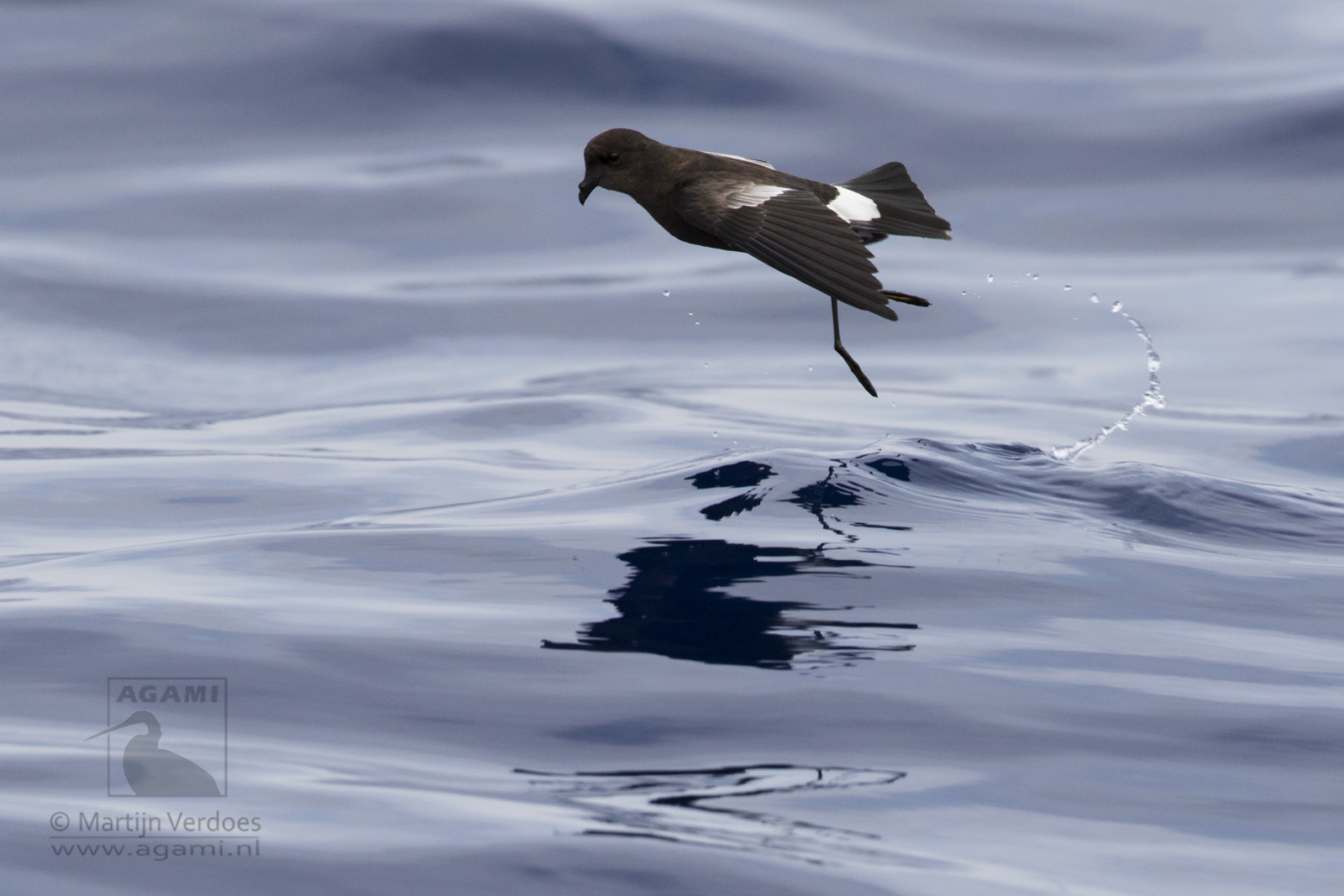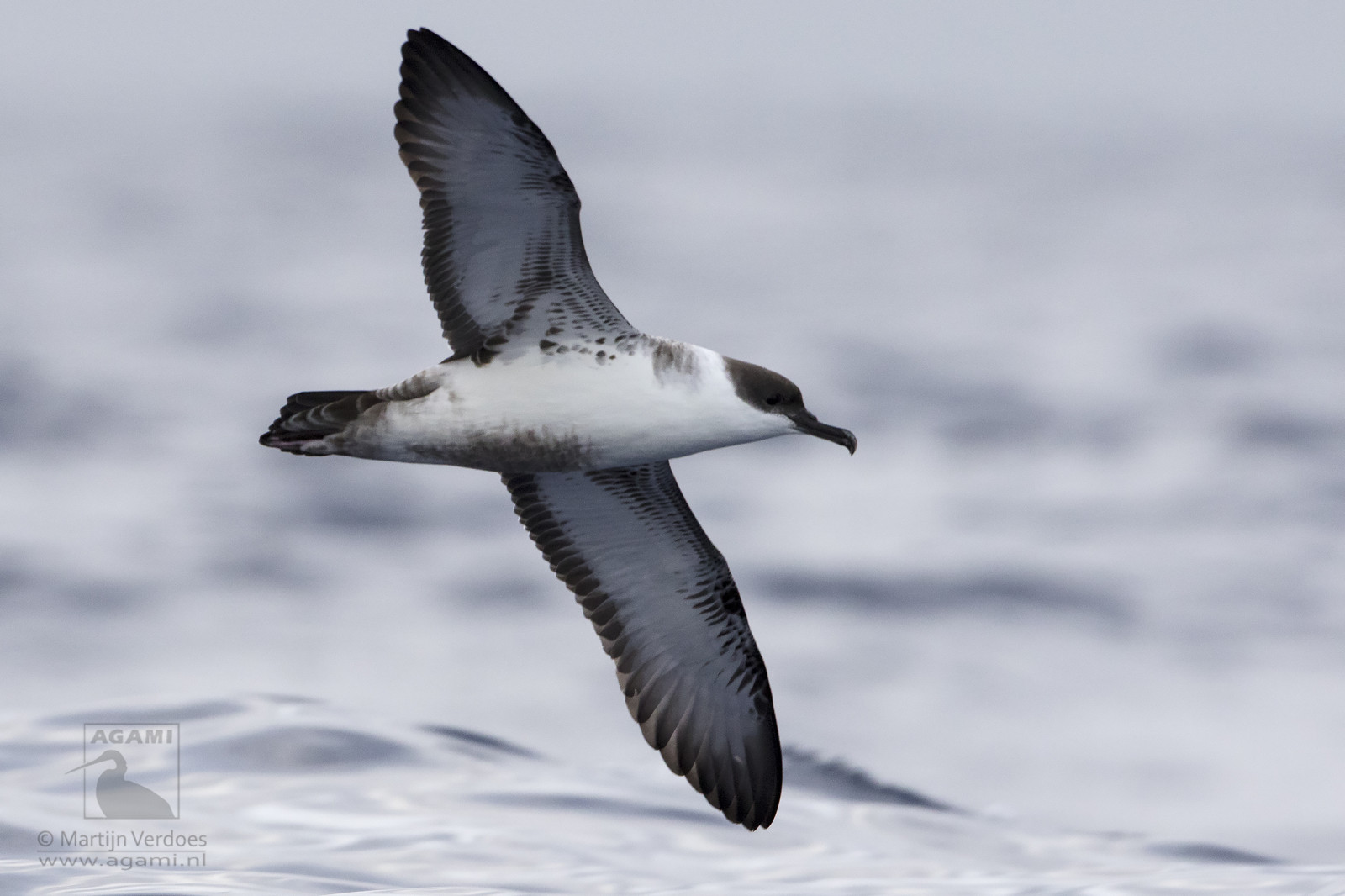Description
Porthgwarra has a bit of everything, habitat wise and a full day here can turn up a surprising amount of birds.
The car park has a small wooded copse to its north and this is often a good place to start your day. Britains first Amerikansk Ildstjert was found here years ago and more recent rarirites include Eremitdrossel! During Autumn migration the wood is good for Broget fluesnapper and Grå Fluesnapper, Hvidbrynet Løvsanger, Rødtoppet Fuglekonge and possibly something rarer such as Lille Fluesnapper or Lundsanger.
From here walk up the valley and after the wooden five bar gate take the path to the left and down into the wooded valley known as 60 Foot Cover. On a calm sunny morning take time here to stand/sit and observe the copse. A Gulnæbbet Gøg was found by a visiting birder in October 2014. This area is also good for warblers which can include Munk, Tornsanger, Gærdesanger, Løvsanger, Gransanger and Havesanger.
Go back out of the valley and take the footpath right again onto the moorland. Just before the wall that cuts across the moor is the 'Dried up Pool'. Despite its name its not always dried up, but this is a good place to look for Vendehals in the Autumn. The moor is a good spot for Hjejle in the winter and Pipits and Buntings during the Autumn. Lapværling is a regular Autumn migrant here and Stenpikker and Bynkefugl can be found amongst the heather. Vestlig Sortstrubet Bynkefugl are very common too. Keep a look out for birds of prey. Vandrefalk, Blå Kærhøg, Rørhøg, Lærkefalk, Dværgfalk, Tårnfalk, Slørugle and Mosehornugle have all been seen here.
A walk further towards Lands' End will find you at Trevean Pool. The pool itself is pretty much inaccesible but the surounding woodland is great for spring and autumn scarce migrants and overshoots like Gulbug, Spottesanger, Rødrygget Tornskade and Rødhovedet Tornskade, Hvidskægget Sanger, Hærfugl and Rødrygget Svale. Keep a listen out for flyover Gulirisk in Spring too! Anything can turn up here.
Resident birds include Alpekrage, Ravn, Sanglærke, Engpiber, Gærdesmutte, Jernspurv, Rødhals and Skærpiber.
From July through to late September, Porthgwarra becomes one of the UK's top seawatching hotspots. Some of the country's rarest seabirds have been seen from the cliffs at Gwennap Head including Sortbrynet Albatros, Kap Verde-petrel, Trindade-petrel (yet to be accepted) and Wilsons Stormsvale. When conditions are right (South-westerly gales are best!) there can be thousands of Kuhls Skråpe, Storskråpe, Sodfarvet Skråpe, Balearskråpe and Almindelig skråpe with a supporting cast of Lille Stormsvale Mallemuk, Sule, Almindelig Kjove, Lille Kjove, Storkjove, Mellemkjove, Sabinemåge, Thorshane, Stor Stormsvale and all manor of divers, ducks, auks, terns, gulls and waders flying past!
Details
Access
From the A30 near Land's End take the B3315 to Polgigga, just after the duck pond take the road signposted to Porthgwarra. This is a very narrow road and can be busy during the summer and weekends. Get there early to avoid the crowds! There is a pay and display car park, toilets and a nice cafe that does great coffee, cakes and pasties!





